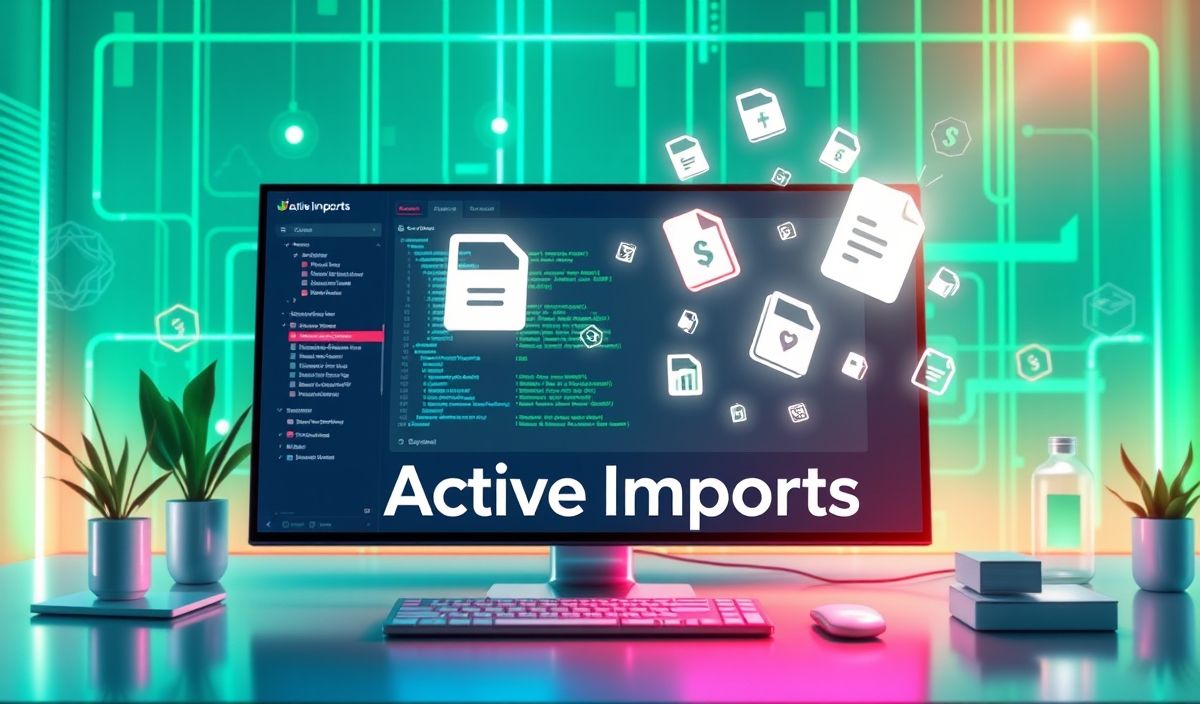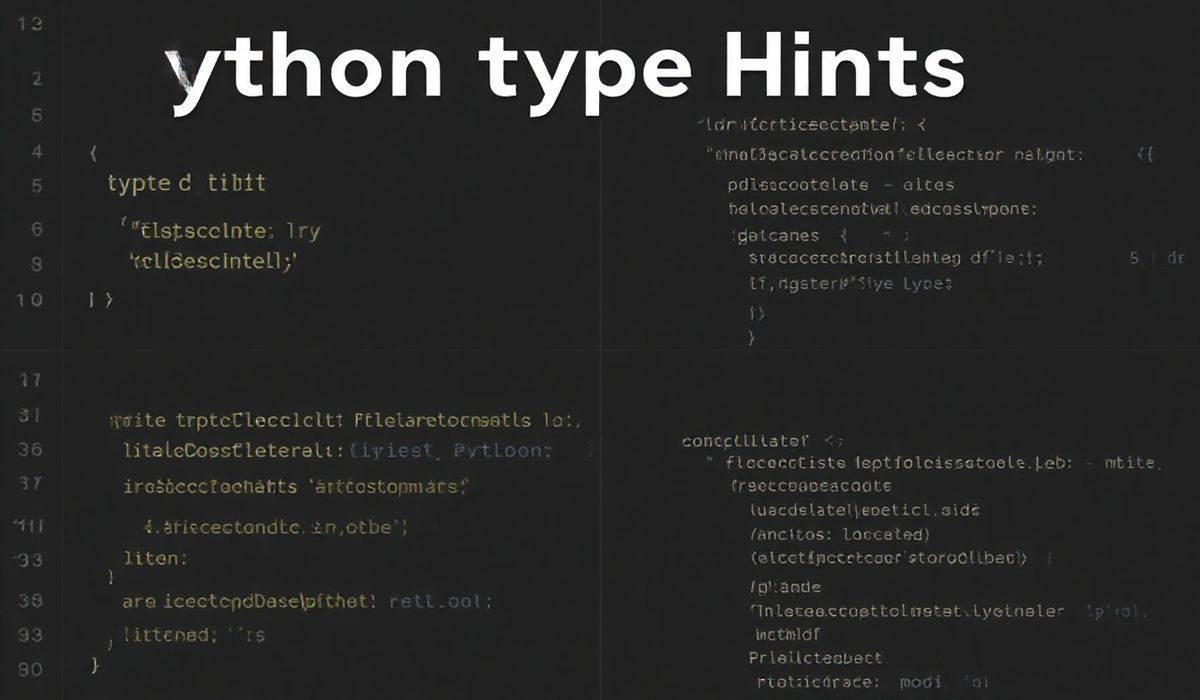Welcome to the Ultimate Guide to Lighthouse APIs
Lighthouse is an open-source tool developed by Google to improve the quality of web pages. It provides various audits for performance, accessibility, SEO, and more. In this guide, we’ll cover the introduction of Lighthouse and explore a variety of useful APIs with practical code snippets and an app example.
Introduction to Lighthouse
Lighthouse analyzes web applications and web pages, collecting modern performance metrics and insights on best practices. You can use Lighthouse to get valuable reports that help you enhance your sites.
Using Lighthouse Programmatically
Lighthouse can be used as a Node module to run audits programmatically. Here are some useful API methods and their code snippets:
Basic Example
const lighthouse = require('lighthouse');
const chromeLauncher = require('chrome-launcher');
(async () => {
const chrome = await chromeLauncher.launch({chromeFlags: ['--headless']});
const options = {port: chrome.port};
const runnerResult = await lighthouse('https://example.com', options);
// `.report` is the HTML report as a string
const reportHtml = runnerResult.report;
console.log(reportHtml);
await chrome.kill();
})();
Generating JSON Reports
const lighthouse = require('lighthouse');
const chromeLauncher = require('chrome-launcher');
(async () => {
const chrome = await chromeLauncher.launch({chromeFlags: ['--headless']});
const options = {port: chrome.port, output: 'json'};
const runnerResult = await lighthouse('https://example.com', options);
// `.report` is the JSON report as a string
const reportJson = runnerResult.report;
console.log(reportJson);
await chrome.kill();
})();
Setting Lighthouse Flags
const lighthouse = require('lighthouse');
const chromeLauncher = require('chrome-launcher');
(async () => {
const chrome = await chromeLauncher.launch({chromeFlags: ['--headless']});
const options = {
port: chrome.port,
output: 'html',
logLevel: 'info',
disableDeviceEmulation: true
};
const runnerResult = await lighthouse('https://example.com', options);
const reportHtml = runnerResult.report;
console.log(reportHtml);
await chrome.kill();
})();
Saving Reports to Files
const fs = require('fs');
const lighthouse = require('lighthouse');
const chromeLauncher = require('chrome-launcher');
(async () => {
const chrome = await chromeLauncher.launch({chromeFlags: ['--headless']});
const options = {port: chrome.port, output: 'html'};
const runnerResult = await lighthouse('https://example.com', options);
const reportHtml = runnerResult.report;
fs.writeFileSync('report.html', reportHtml);
await chrome.kill();
})();
Integrating Lighthouse Into an App
Integrating Lighthouse API into an app can streamline the process of performance testing and reporting. Here’s a simple Node.js app example:
App Example
const express = require('express');
const lighthouse = require('lighthouse');
const chromeLauncher = require('chrome-launcher');
const app = express();
app.get('/audit', async (req, res) => {
const url = req.query.url;
const chrome = await chromeLauncher.launch({chromeFlags: ['--headless']});
const options = {port: chrome.port, output: 'html'};
const runnerResult = await lighthouse(url, options);
const reportHtml = runnerResult.report;
res.send(reportHtml);
await chrome.kill();
});
app.listen(3000, () => {
console.log('Server is running on port 3000');
});
In this example, the app listens for GET requests to the `/audit` endpoint with a URL query parameter, runs Lighthouse on the provided URL, and responds with the HTML report.
With these API examples and the app integration, you can effectively utilize Lighthouse to optimize your web pages and applications.
Happy auditing!
Hash: b370de14e94142d4a108a79df6d0e265a0ba3fa2e10f57c4b3a892b74c9f84aa




